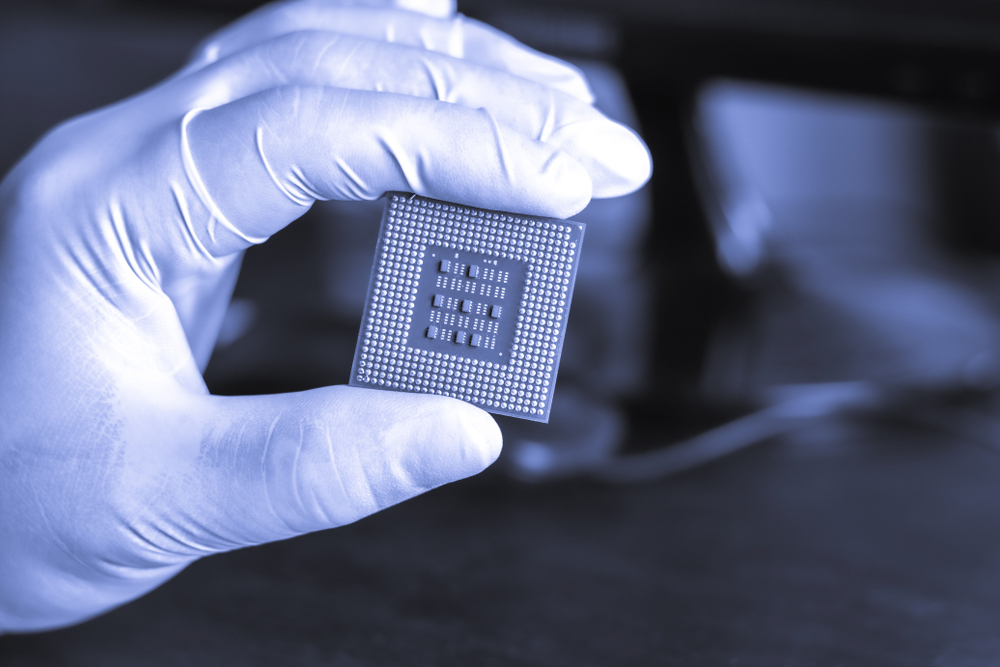Molecular Electronics: The Next Frontier in Miniaturization
The relentless march of technological progress has led us to the brink of a new era in computing and electronics. As traditional silicon-based transistors approach their physical limits, researchers are turning to an unlikely source for the next breakthrough: individual molecules. Welcome to the world of molecular electronics, where the building blocks of matter become the foundation for our digital future.

The Basics: What is Molecular Electronics?
At its core, molecular electronics is the study and application of individual molecules or small groups of molecules as electronic components. Instead of relying on silicon-based transistors, which are rapidly approaching their size limits, molecular electronics aims to use organic molecules to perform the same functions—but at a fraction of the size.
The concept isn’t new. It was first proposed in the 1970s by researchers who recognized the potential of using molecules as electronic switches. However, it’s only in recent years that advances in nanotechnology and our understanding of quantum mechanics have made molecular electronics a viable field of study.
Why Molecules?
You might be wondering why molecules are so special. The answer lies in their size and versatility. A typical molecule is just a few nanometers in size—about a thousand times smaller than the transistors in today’s most advanced computer chips. This means that molecular electronic devices could potentially be orders of magnitude smaller and more efficient than their silicon counterparts.
But size isn’t the only advantage. Molecules can be designed and synthesized to have specific electronic properties, opening up a world of possibilities for custom-tailored electronic components. They can also self-assemble, potentially allowing for the creation of complex circuits without the need for traditional manufacturing processes.
Current State of Research
While molecular electronics is still largely in the research phase, significant progress has been made in recent years. Scientists have successfully created molecular switches, diodes, and even simple logic gates using individual molecules. In 2016, researchers at the University of California, Berkeley demonstrated a functioning transistor made from a single molecule of benzene.
More recently, a team at the University of Copenhagen has developed a method for creating molecular electronic devices using graphene electrodes. This breakthrough could pave the way for more reliable and scalable molecular electronic systems.
Challenges and Hurdles
Despite its promise, molecular electronics faces several significant challenges. One of the biggest is stability—individual molecules can be highly sensitive to their environment, making it difficult to create reliable electronic components. There’s also the question of how to interface molecular-scale devices with the macroscopic world.
Another major hurdle is manufacturing. While molecules can self-assemble, controlling this process at scale and integrating it into existing manufacturing techniques remains a significant challenge. Researchers are exploring various approaches, including DNA origami and directed self-assembly, but a clear path to mass production has yet to emerge.
Potential Applications
The potential applications of molecular electronics are vast and exciting. Here are just a few areas where this technology could make a significant impact:
-
Ultra-dense data storage: Molecular memory devices could potentially store data at densities far beyond what’s currently possible with traditional electronic or magnetic storage.
-
Quantum computing: The quantum properties of molecules could be harnessed to create new types of quantum bits, potentially leading to more powerful and stable quantum computers.
-
Bioelectronics: Molecular electronic devices could interface more seamlessly with biological systems, opening up new possibilities in medical diagnostics and treatment.
-
Energy harvesting: Molecules could be designed to efficiently convert light or heat into electrical energy, potentially revolutionizing solar power and waste heat recovery.
The Road Ahead
While molecular electronics may not be coming to your smartphone anytime soon, the field is advancing rapidly. Major tech companies and research institutions are investing heavily in this area, recognizing its potential to shape the future of computing and electronics.
As for market impact, it’s still too early to put a precise figure on the potential of molecular electronics. However, some analysts predict that the global market for molecular electronics could reach several billion dollars by 2030, driven initially by applications in sensors and data storage.
The journey from laboratory curiosity to commercial product is often long and unpredictable, especially for such a fundamentally new technology. However, the potential rewards are enormous. Molecular electronics could not only extend Moore’s Law far beyond what was thought possible but also open up entirely new paradigms in computing and electronics.
As we stand on the cusp of this molecular revolution, one thing is clear: the future of electronics is small—very, very small. And it’s going to be incredibly exciting to watch it unfold.





